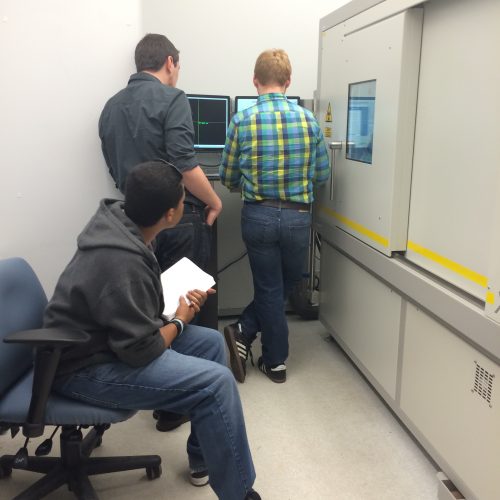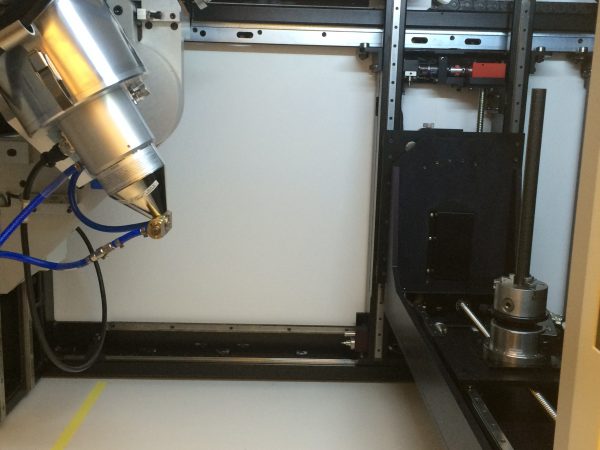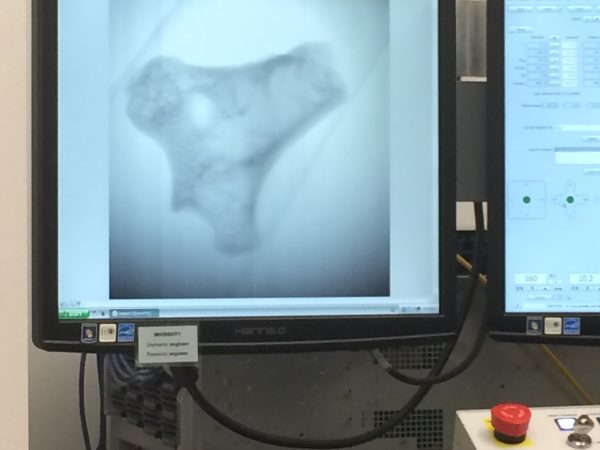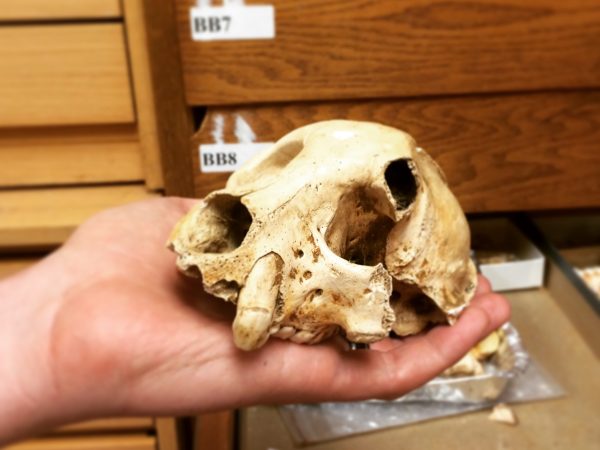Last week Justy, Nathan and myself headed to Duke to microCT scan fossils from the Panama Canal. Our main goal was to scan 71 fossil teeth belonging to various rodents, but we brought various other fossils along as well in case we had extra time. Overall we ended up scanning all 71 rodent teeth, 6 crab fossils, and various plants all from the canal sites. We even scanned some fossils for our personal research projects including a turtle skull and some sciurid postcrania.

When we arrived at Duke we met with Jimmy Thostenson, the engineer/technician in charge of running the scanner. Jimmy taught us how to position our fossils in the scanner, and then he set up the scanner and explained to us how it worked along the way. We queued up our specimens that would be scanned that day, and then left to explore campus. We returned later when they were finished scanning and checked the images to make sure they were looking good. At one point the center of rotation of our scans were off, so Jimmy taught us how to fix that. We then opened up each scan in Avizo and made a rough 3D image to make sure all was well. All of our scans ended up great!
While our specimens were scanning, we were able to explore Durham.
We went to the fossil primate center and Dr. Greg Gunnell gave us a tour. I was especially excited about this given my background in Anthropology. We even were able to get a tour of the Duke Lemur Center and we saw all sorts of Lemurs, including my favorite, the aye-aye.
Overall the trip was a huge success. We left Duke with valuable data and knowledge, and had a blast at the same time. Justy and I have a busy few months ahead of us processing these scans, but I know they will all come out great!


